“My fiancé thought I’d dropped something,” jokes Tom Lee, describing the moment he discovered he’d won a 1927 Fiat 509. “I was just stood there in the kitchen, yelling ‘Oh my God!’.”
It had been an eventful week for the 25-year old from Dursley in Gloucestershire. A few days previously he’d got engaged, and now he’d been chosen as the latest custodian of the prewar Fiat donated by vintage sports car enthusiast Matthew Parkin and won by Lee without a single penny having to change hands.
There was just one catch – he’d have to build it himself.

Sure enough, the Fiat 509 was little more than several pallet loads of bits and pieces. The competition to win the Fiat was run through the Vintage Sports Car Club’s Light Car and Edwardian section. It invited enthusiasts under the age of 30 to submit a letter of 100 words or less describing why they should be given the chance to own the car. The response, as Parkin explains, was overwhelming.
“To be honest, I was expecting one or two people to come forward, but they had 75 applications from all over the world,” says Parkin. “A lot of them had some experience with cars like Volkswagen Beetles, Citroën 2CVs or Series II Land Rovers, but what united them is that they all wanted something older. Something vintage. There’s this huge sub-culture of young people wanting to have fun in these ridiculous old cars.”
It’s a rather fitting continuation to the Fiat’s story. Parkin was gifted the car at the age of 18, after seeing a similar advert inviting impecunious young enthusiasts to write in with details of why they should take over the car, which was then known as the The Reteiff Special. Legend has it that it acquired this name having been campaigned in period by a certain ‘Baron Reteiff’, although there’s sadly no evidence to suggest this was true.
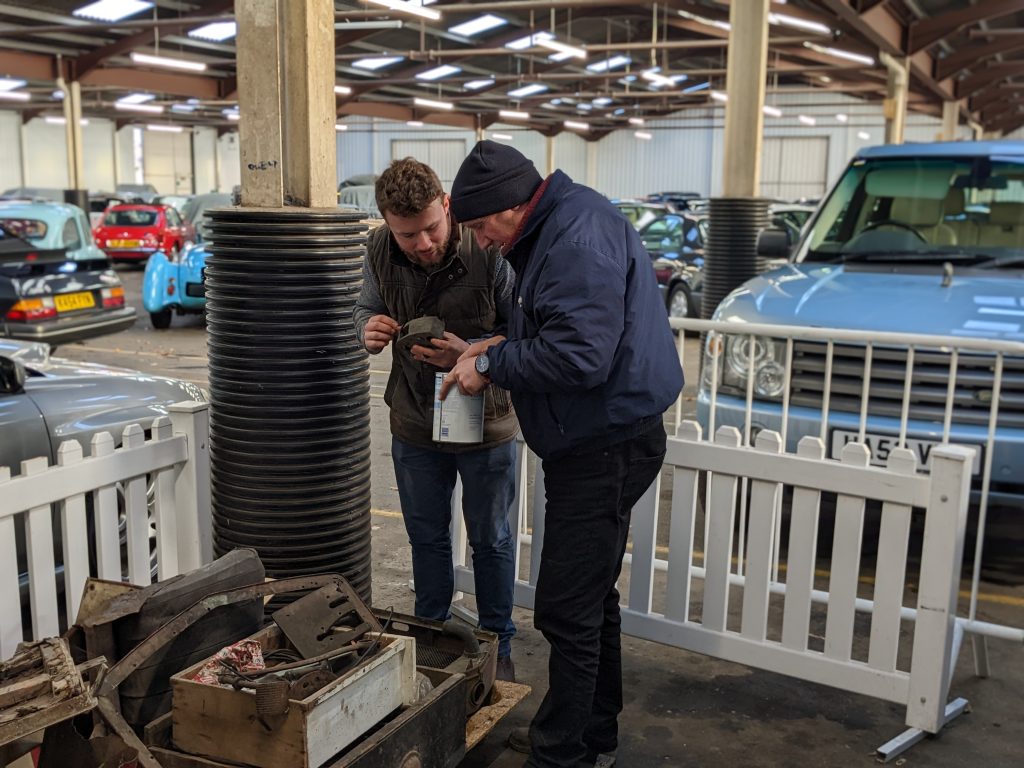
The project got off to a good start, but Parkin was soon distracted by other things – not least restoring an Austin Seven special acquired by his father. Four decades later, he decided the best option was to pass it on.
“I got in touch with Alan Cameron who’d given me the car and said that I wanted to give someone else a chance to take it on,” Parkin recalls. “He thought it was a great idea, so I got all the bits together and posted an advert.”
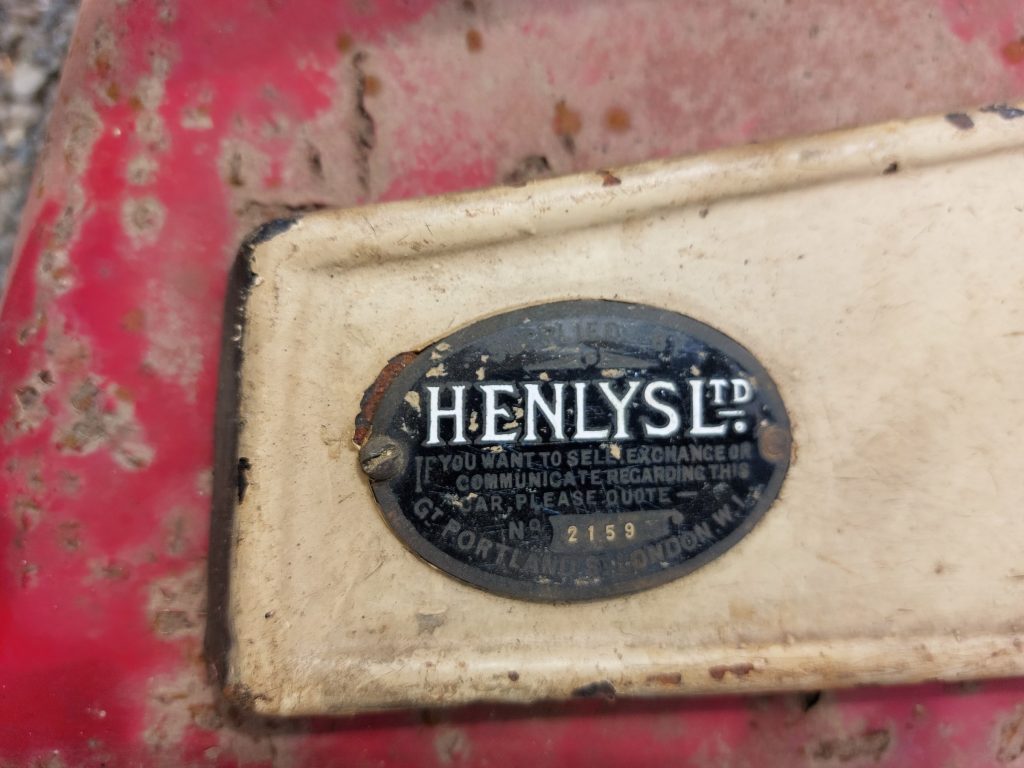
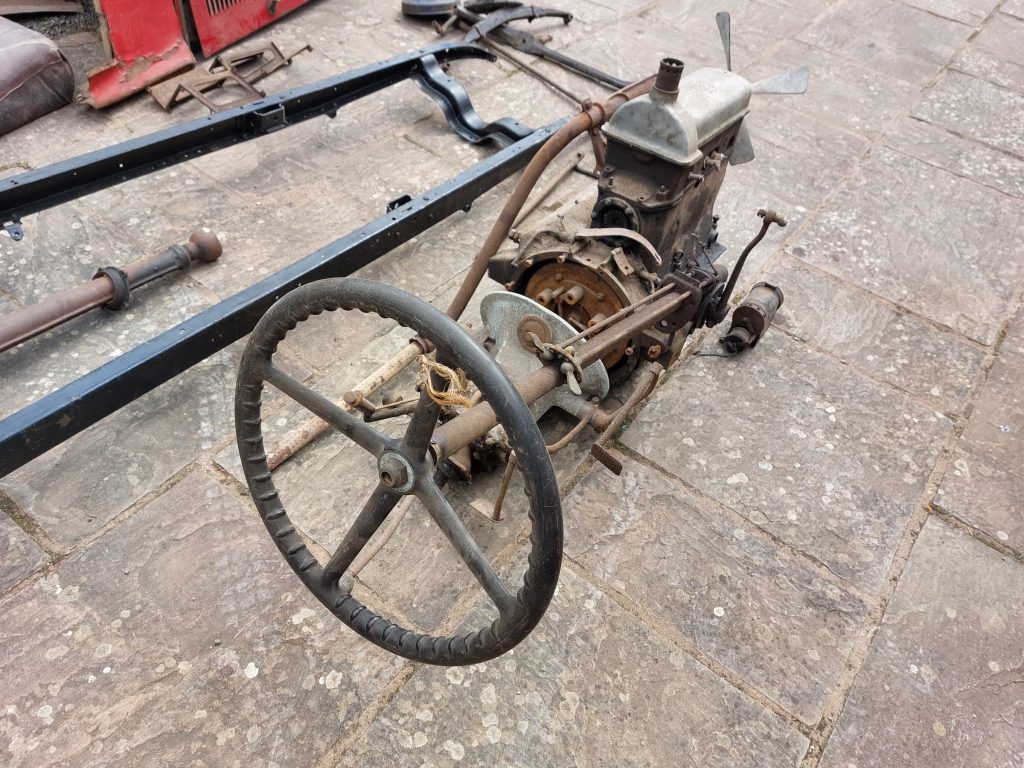
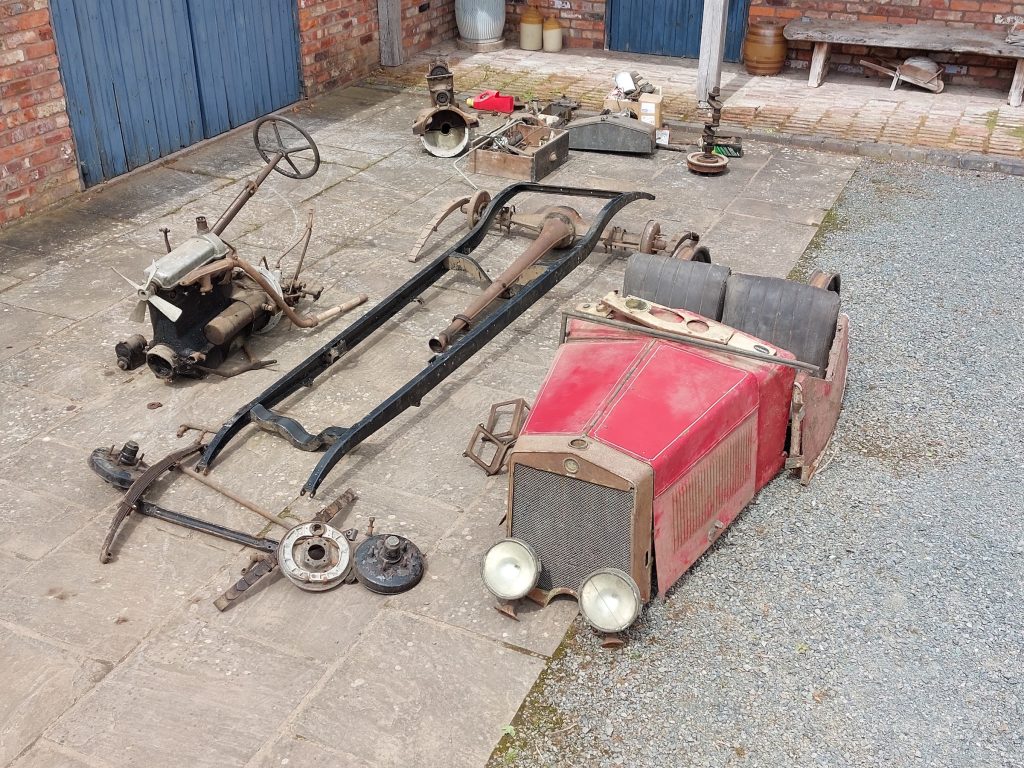
Sadly, Alan Cameron passed away before he could see the car re-homed, but Parkin reckons he’d be pleased with the result: “I think it’s been a really positive experience for all the young people who applied. They were all given VSCC membership for the year and invited to a series of events with the club. And quite a few of them did take up that offer. So they’ve had a chance to see the cars in action and meet some of the other young people who take part.
“I think this exercise has proven that there’s a huge number of people out there who are engaged, but who just haven’t been exposed to vintage cars. Actually, once they do get that chance to take part, they’re hooked.”
Young drivers, old cars
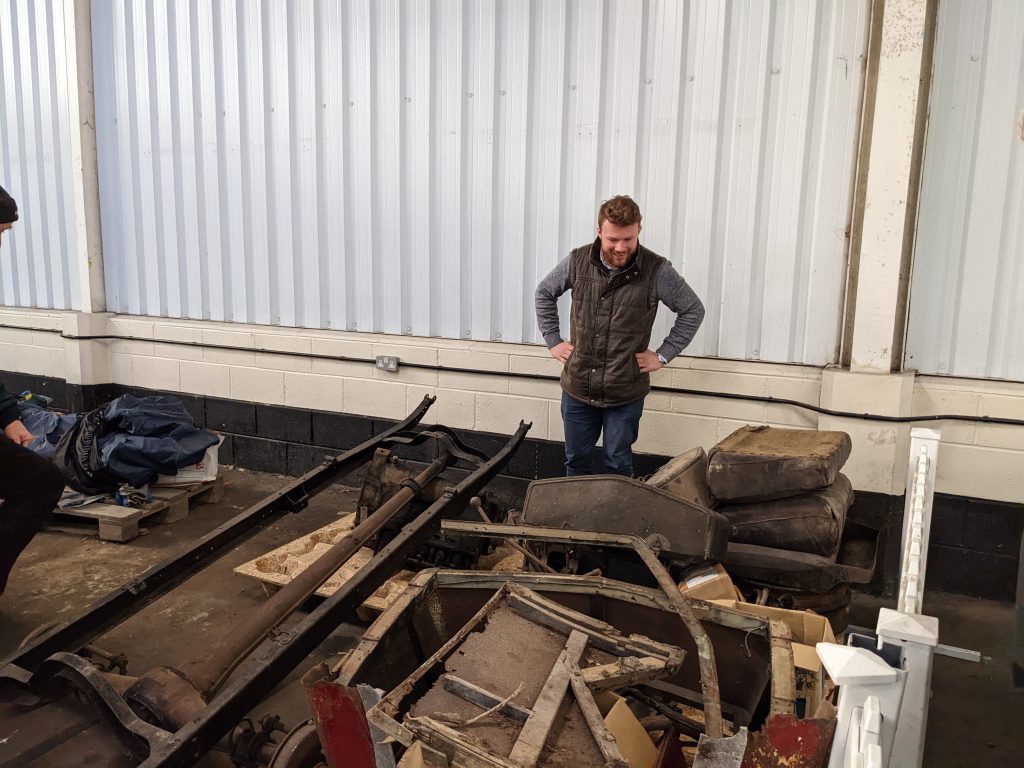
Tom Lee’s part in the story began when his boss spotted the advert online. He’s currently an apprentice at the Heritage Skills Academy, based at Bicester Heritage, but he hadn’t always planned to go down that route.
“My dad works at Rolls Royce, and both my grandfathers were engineers, but I actually studied media production at university,” he explains. “For my final film, I did a documentary about Bicester Heritage and got talking to some of the guys there. I thought it was incredible that you’ve got these cars that are nearly a century old, but they can do 100mph in the case of something like a Bentley.”
It was this experience that encouraged him to enrol at Bicester. Shortly afterwards Lee was loaned a 1929 Austin Seven for a week through StarterMotor – a charity set up to introduce young people to historic cars.
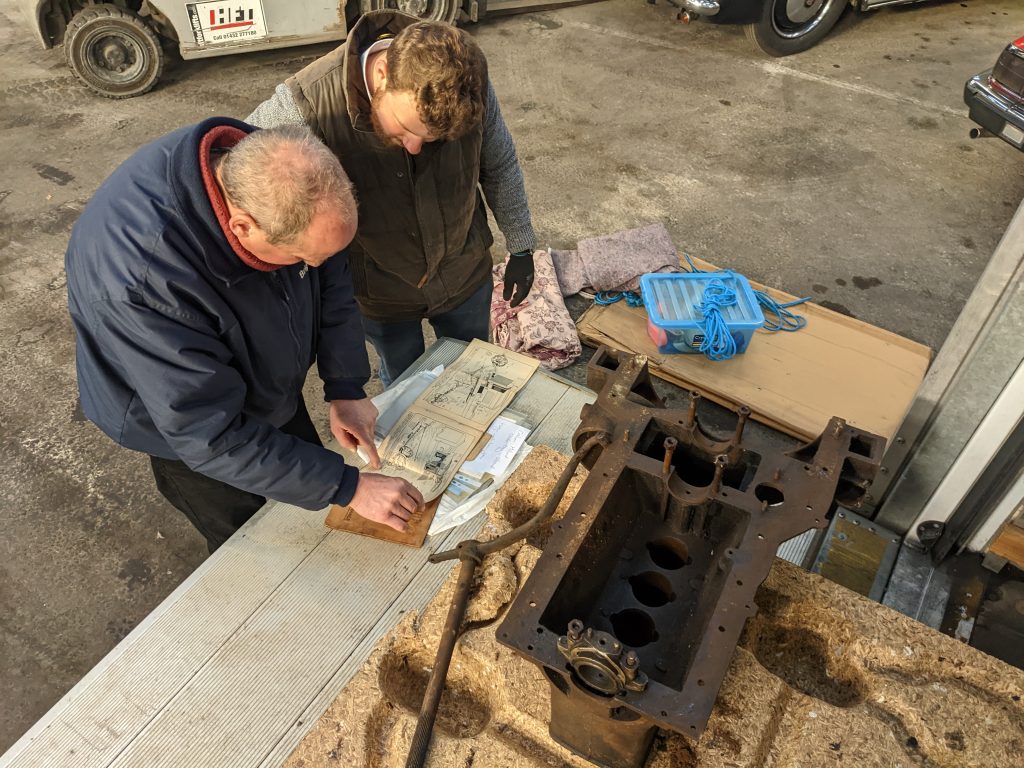
“That was it, I’d caught the bug,” he tells us. “Doing 35mph on the back roads holding everyone up? I didn’t care, I was having the time of my life in that car.”
For Lee, it’s all about driving something analogue in an increasingly digital world: “When people ask me what it’s like, I tell them that you pilot a vintage car rather than drive it. There’s so much more that you have to be aware of, whether that’s the road conditions, how the engine is behaving or how to double de-clutch properly. You get that with more modern classics to a certain extent too, but the older the car is the more intense that experience becomes.”
Next stop, restoration workshop
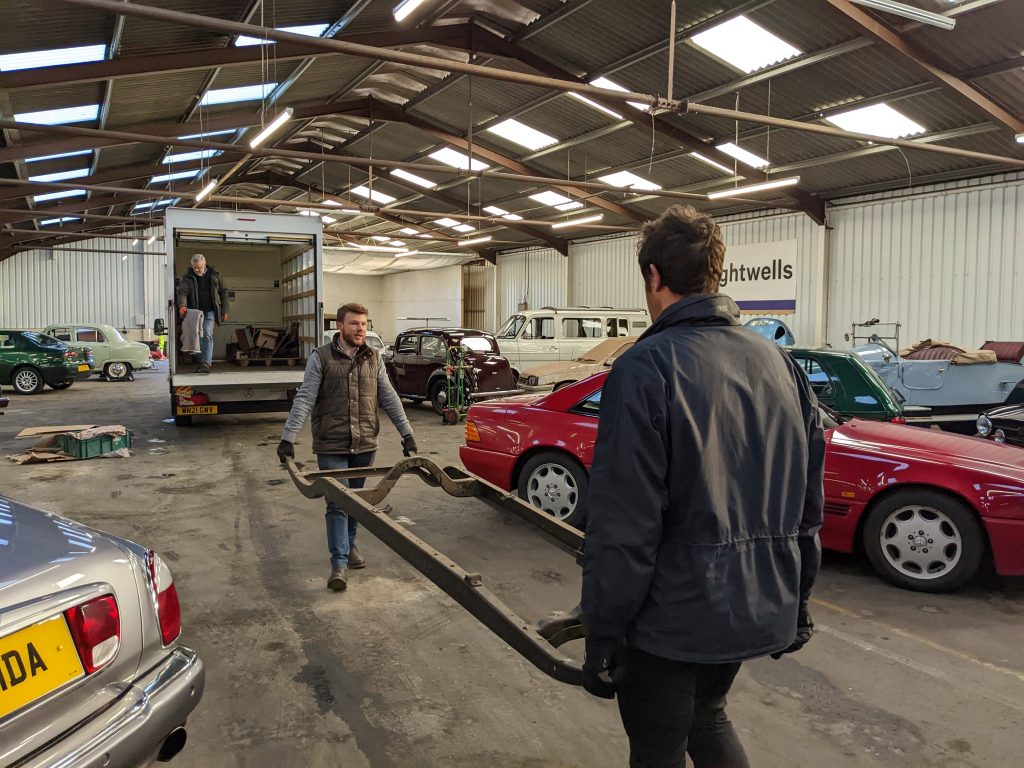
Spread on the floor of the warehouse at Brightwells Auctions, where Parkin runs the Classic Motoring department, the Fiat occupies half a dozen different pallets. The parts are scattered across a selection of bags, boxes and containers. You certainly need to apply a degree of imagination to visualise it as a running car, and Lee admits this created a certain amount of amusement among his friends.
“I said to them ‘I’ve won a car’, and they all laughed when they saw the photo of the box of bits,” he says, a smile stretched across his face. “But invariably the next thing they said was ‘When it’s done can you take us out in it? Can you show us how to drive it?’.”
Initially, even Lee looks a tiny bit daunted as he trawls through the boxes with Parkin. Technically speaking, there are one and a half cars here, with the chassis and engine from a 509, plus an additional engine from the later, and somewhat improved, 509A. But as with all vintage cars the fundamentals are relatively simple, and a plan soon starts to emerge.
“I started off with classic Land Rovers, and I’ve always wanted to build my own car, whether it was a Land Rover or something else,” comments Lee. “I was a little bit apprehensive when I first saw it, but now I’m just excited and thrilled to be able to put it back together. And ultimately to use it and get other people enjoying it.”
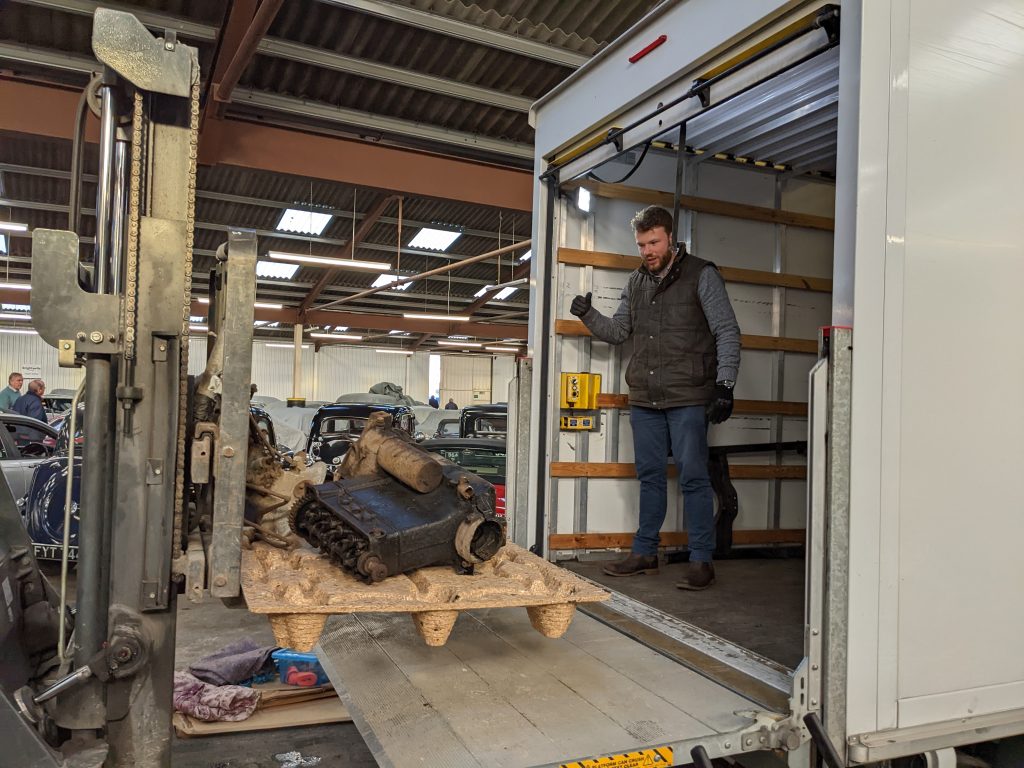
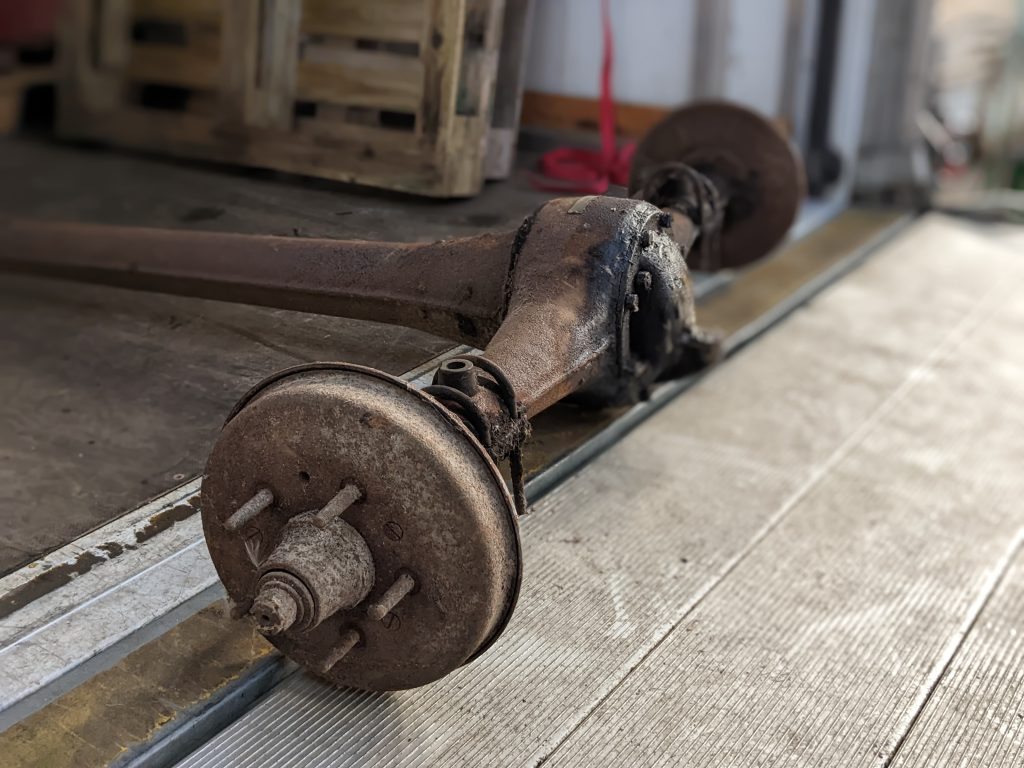
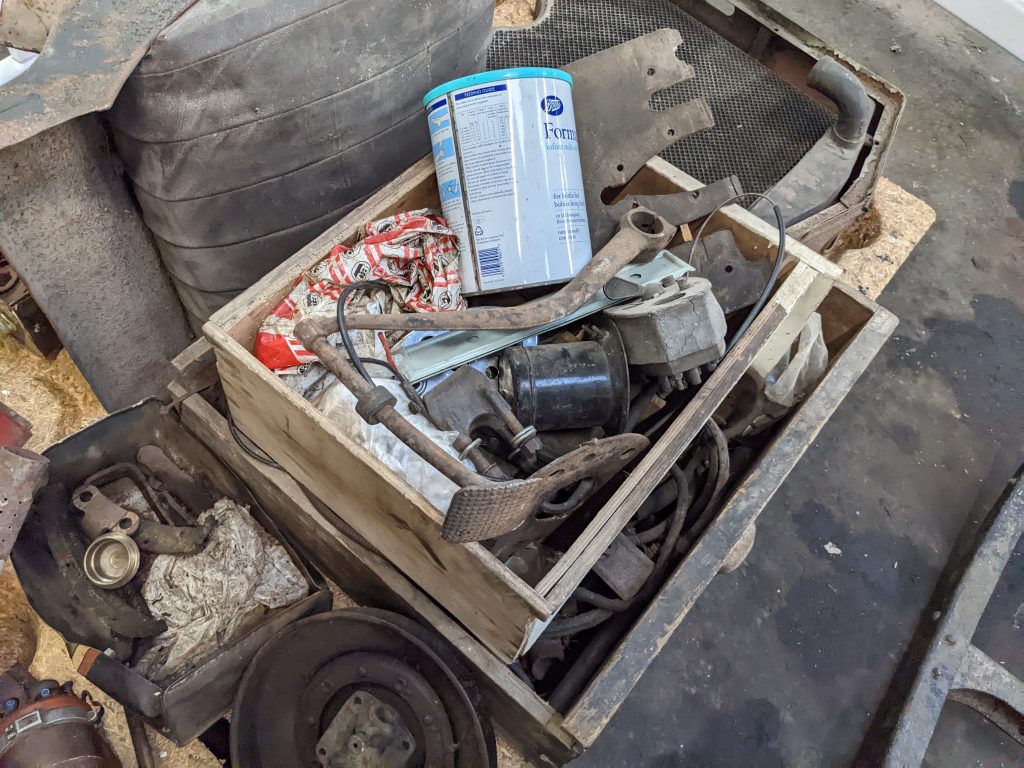
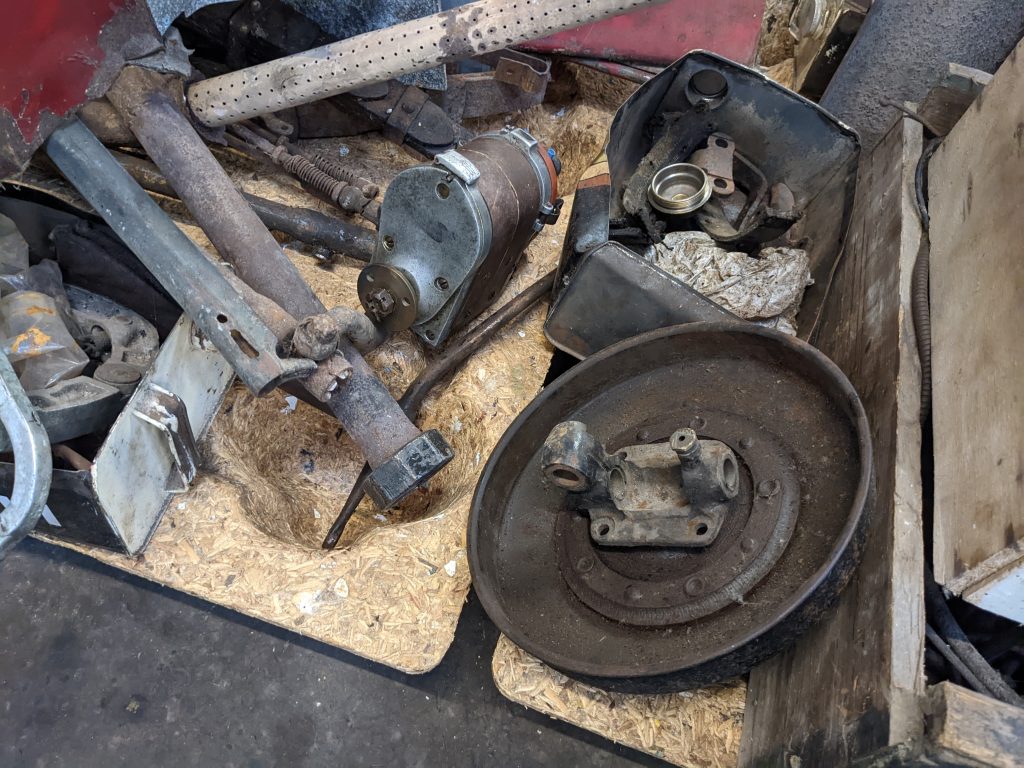
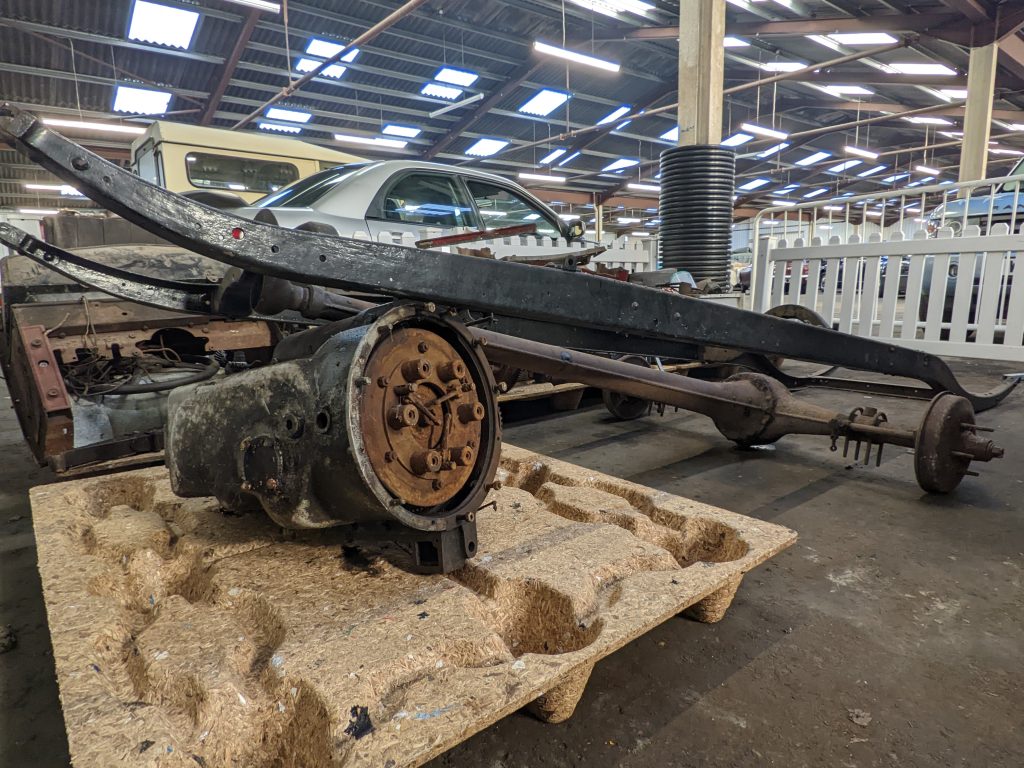
Lee grew up near the Prescott hillclimb course and used to watch the VSCC events there with his dad. More recently, the Fiat competition has given him a chance to take part in some of the events himself – marshalling on the first day of the VSCC’s Welsh Trial and then co-driving for Nick Beck in his Austin Seven Chummy the following day. It’s also given him a taste of the active social scene attached to the club.
“I grew up watching those sorts of events, and I’d reached the point where I was thinking ‘I want to go out and do that myself’. Now I’ve got the opportunity to do that in an amazing car that’s all there ready to for me to put it together,” he tells us.
Relatively little is known about the history of the car and Lee is keen to hear from anyone who can shed light on the origins of ‘YE 150’. What is known is that it was supplied new by Henlys of West London in 1927, and still bears the dealer plate. Sometime after that, the original saloon coachwork was replaced with an open-top special body featuring a boat-tailed rear end. The exact details of this have been lost to history, however, leaving Lee free to rebuild the car as he sees fit.
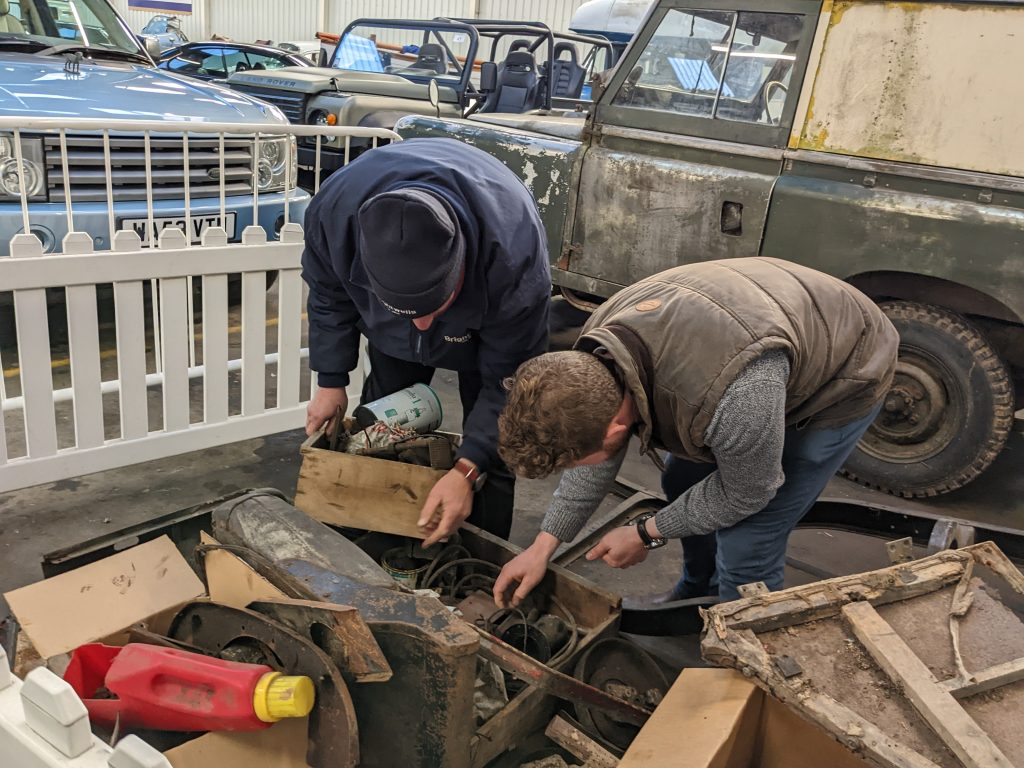
“Once it sunk in that I’d won the car, I had a big debate with my entire family about what I’d like to do with it,” he says. “I’ve always liked the idea of a pointed tail like the Austin Seven Ulsters and the Bugatti Type 35s. But I think I’d actually get more enjoyment out of having four people in the car. We could chuck everybody in it and head down to the pub or go trialling in it and stuff like that. It’s a chance to get people involved, have a laugh and then grab some beer afterwards.”
At the NEC’s recent Classic Motor Show, Lee spotted a Bugatti Type 43 with a four-seat boat tail body, which has given him some inspiration for the Fiat. He plans to do all the mechanical work himself, but he’s already roped in a friend who works as a panel beater and another who’s a fabricator to assist with the body.
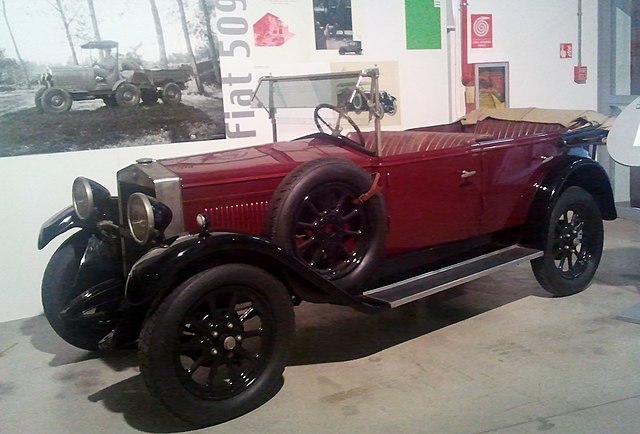
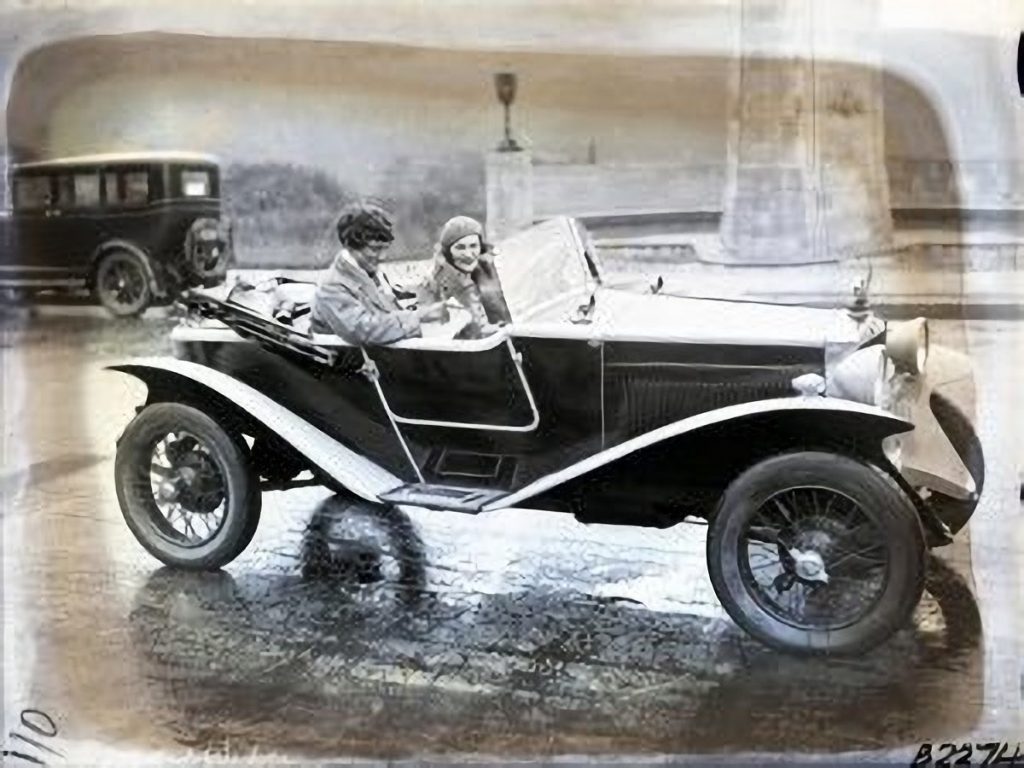
Judging by the crate-loads of parts that Lee and his dad load into the back of the van they’ve hired, the task facing them isn’t to be underestimated. But Tom’s combination of hands-on skills, eagerness to learn and sheer enthusiasm should see the little Fiat back together in no time.
He says he plans to get as much use out of it as possible, both on the road and in events like hill climbs and trials. With its attractive proportions, sprightly performance and comparative rarity next to the ubiquitous MGs and Austin Sevens, it should prove to be a popular car – not just among Lee and his friends, but also those who flock to watch these machines in action. And that gives it the potential to inspire a whole new generation of young enthusiasts – just as Alan Cameron intended when he placed the original advert some 40 years ago.
Check out the Hagerty Media homepage for daily news, features, interviews and buying guides, or better still, bookmark it.








